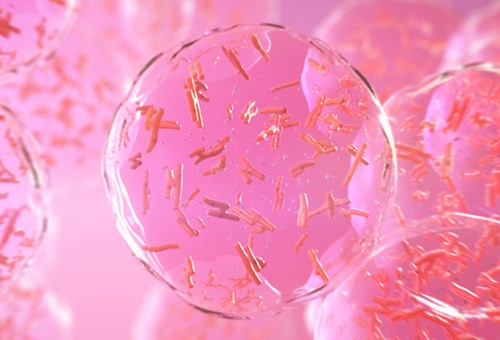A team of researchers at the University Medical Centre (UMC) Utrecht in the Netherlands are experimenting with 3D bioprinted tissues that can be implanted into a living joint affected by arthritis. The method is hoped to allow the replacement of damaged cartilage.
Arthritis is a common disease affecting approximately 350 million people worldwide. With over 100 types of arthritis, this disease involves the disintegration of cartilage tissue found in joints, leading to pain, stiffness, and inflammation.
Using 3D bioprinting, patients can receive cell-specific and on-demand cartilage that would potentially grow as original cartilage to strengthen joints and reduce joint pain.
“Printing is not the last step in biofabrication, since printing something in the shape of a heart does not make it a heart,” said Jos Malda, Professor of Biofabrication in Translational Regenerative Medicine at UMC Utrecht.
“The printed construct needs time and the correct chemical and biophysical cues to mature into a functional tissue.”
Bioinks and experimentation
As part of the 3D JOINT project, funded under the EU’s Horizon 2020 vision to encourage research innovation throughout the continent, Professor Malda and his team are building upon the capabilities of 3D printers and the deposition of stem cells.
Using the 3D bioprinting technique and following a precise medical blueprint, stem cells are deposited by 3D printers creating complex tissues layer by layer.
As demonstrated by Newcastle University’s 3D bioprinted human corneas, bioink solutions created from donor stem cells and hydrogels – a material class that consists of large molecules such as polymers – can produce living conditions for organisms within the human body.
With the challenge of maintaining the right conditions for a cellular building material, Professor Malda integrated hydrogel into cartilage tissue.
“For bioprinting, the material has to be able to keep cells alive. This demands aqueous conditions and processing under a relatively low temperature, which makes hydrogel-based materials ideal candidates.”
Yet, the soft nature of such hydrogels comes at a disadvantage, according to Professor Malda. This is due to its inability to withstand the mechanical forces certain tissues undergo in the body.

Onwards to additive materials
As a result of their findings, the UMC Utrecht research team began experimenting with additive materials that can strengthen hydrogels in order for them to act as replacement cartilage.
“Reinforcing the hydrogel makes it stronger – just like steel rods are combined with soft cement to create the reinforced concrete that makes the foundations of our homes,” said Professor Malda.
His team is using a 3D printing technique called melt electro-writing that combines melted polycaprolactone, a type of polyester, with an electrical field that creates fibres as thin as a hair to create scaffolding.
“The combination of the hydrogel with the fibres acts in synergy, increasing the strength of the composite over 50 times while still allowing the cells to generate extracellular matrix and mature into a cartilage-like tissue.”
His team is now developing this process to create larger structures while including different materials for combined bone and cartilage tissue replacements. This will ultimately reach UMC Utrecht’s goal to eventually 3D print a complete joint.
Also using the 3D bioprinting technology is BIOLIFE4D, a biotechnology company from Chicago, who successfully demonstrated the ability to 3D print human heart tissue.
Keep up with the latest in 3D printing by subscribing to the 3D Printing Industry newsletter. Also, follow us on Twitter, and like us on Facebook.
Looking for a change of pace or seeking new talent? Search and post 3D Printing Jobs for opportunities and new talent across engineering, marketing, sales and more.
Featured image shows an x-ray of arthritic hands. Image via Medical Xpress.

